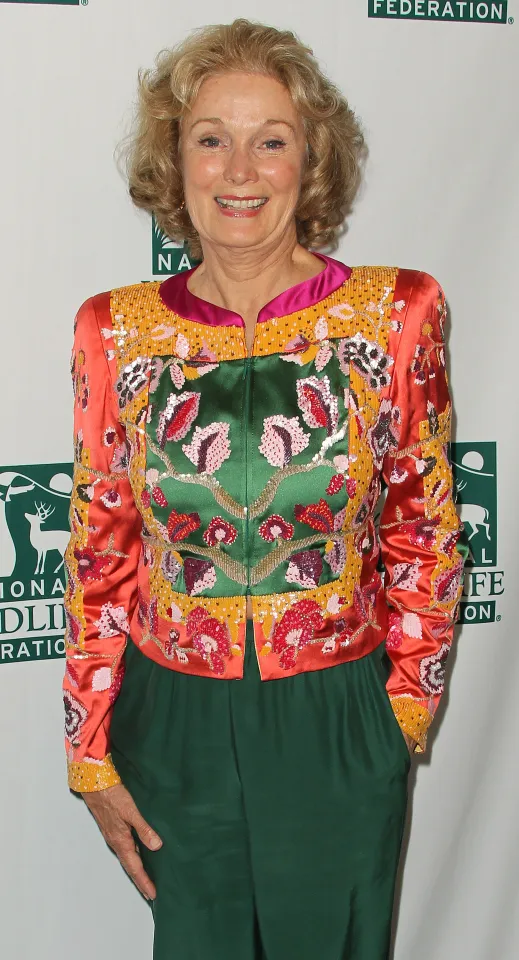The Melancholy Rose Who Whispered Secrets to Cinema
Ever watched a film and felt like the actress wasn’t just performing, but speaking directly to your soul? That was Yvette Mimieux. Her quote, “I always wanted to be seen as a woman with intelligence—not just a beautiful face on the screen,” captures the essence of a woman who blended beauty with brains, elegance with emotional depth. Known as “the melancholy rose of American cinema,” Yvette crafted a career that embraced intellect, vulnerability, and a quiet but unforgettable grace. Let’s take a stroll through her luminous life, from early beginnings to cinematic triumphs and the personal pursuits that defined her beyond the screen.
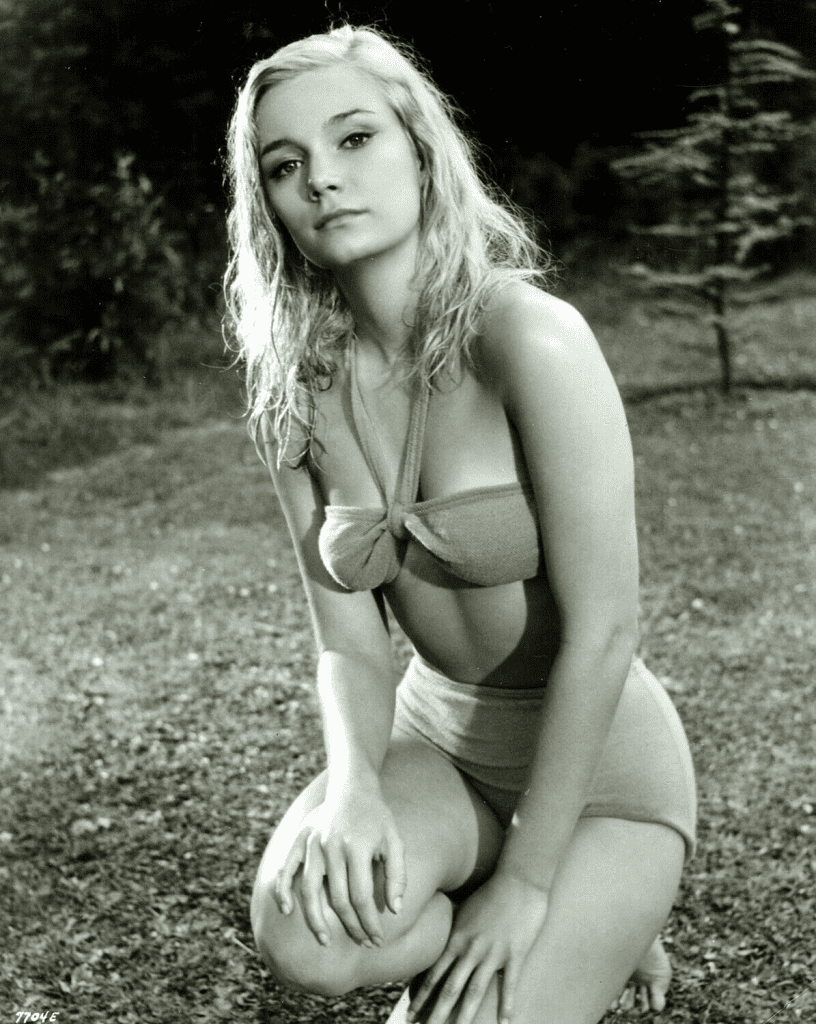
Sunny Beginnings: A Hollywood Baby with Global Roots
Born Yvette Carmen Mimieux on January 8, 1942, in Los Angeles, she entered a world infused with multicultural richness. Her father, René, of French and German heritage, occasionally acted as a movie extra, while her Mexican mother, Maria, instilled resilience and warmth. Growing up with siblings Gloria and Edouardo, Yvette’s home was a blend of storytelling, art, and quiet ambition. “Family was my anchor in the storm,” she later reflected, hinting at the grounding that would support her through Hollywood’s dizzying heights.
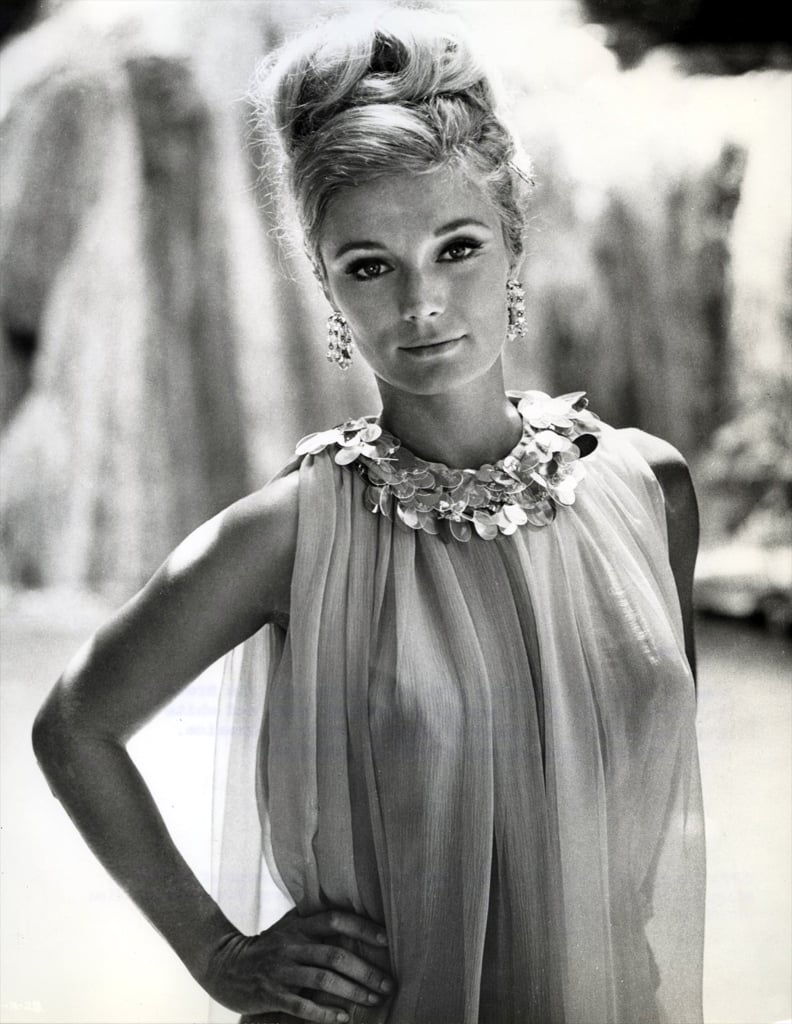
Talent found her early. A scout noticed her on a TV program, recognizing the intelligence behind her expressive eyes. At just 17, Yvette skipped the typical pageant path, diving straight into auditions and landing a guest spot on Mr. Lucky. Her curiosity extended beyond acting—archaeology, painting, and culture became lifelong passions. Ever felt destiny tap you lightly, nudging you toward the extraordinary? For Yvette, it was gentle but insistent.
Video : YVETTE MIMIEUX
Early Whispers: Classroom Curiosities to Casting Calls
Before the cameras rolled, Yvette’s summers were filled with artistic exploration and intellectual curiosity. She immersed herself in painting, Haitian folk art, and literature, developing a depth that would set her apart from typical Hollywood ingénues. These formative years weren’t scripted—they were sketches preparing her for nuanced performances that demanded thoughtfulness as much as charm.
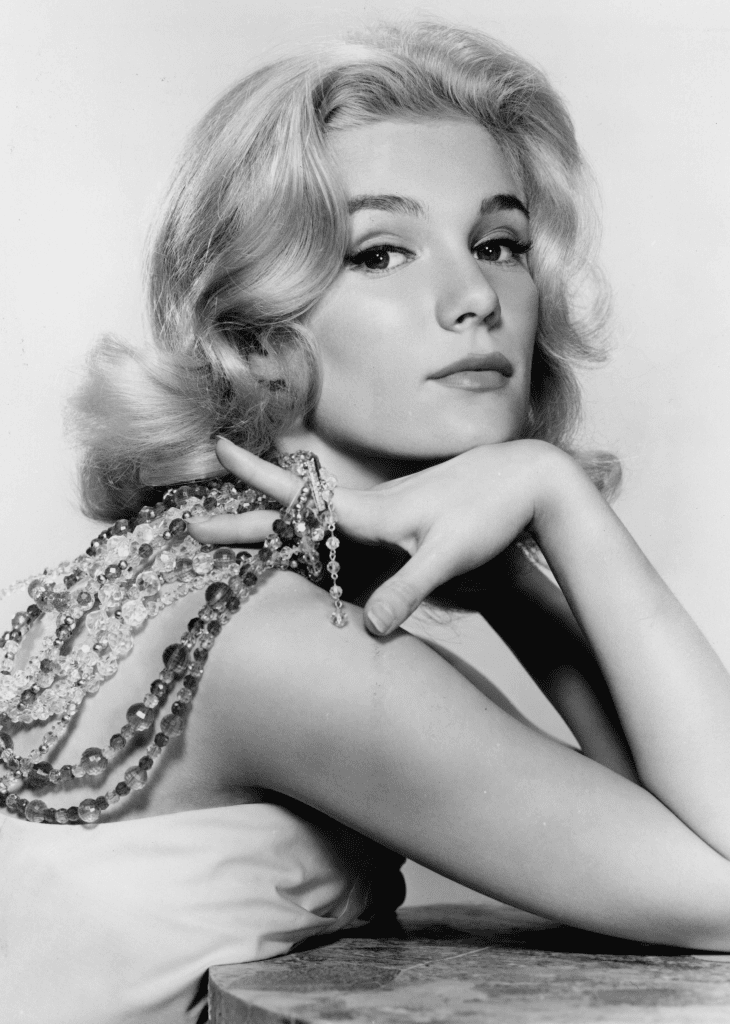
Screen Siren Awakens: Launching into the Limelight
The 1960s saw Yvette step into the spotlight with precision. Her early role in Where the Boys Are (1960) introduced her to audiences as Melanie, a college student exploring romance. Yet, Yvette sought roles with depth. That same year, she starred in George Pal’s The Time Machine as Weena, the ethereal Eloi, balancing innocence with an unexpected intelligence that captivated viewers. Her early work proved she could embody more than beauty—she could embody subtle power.
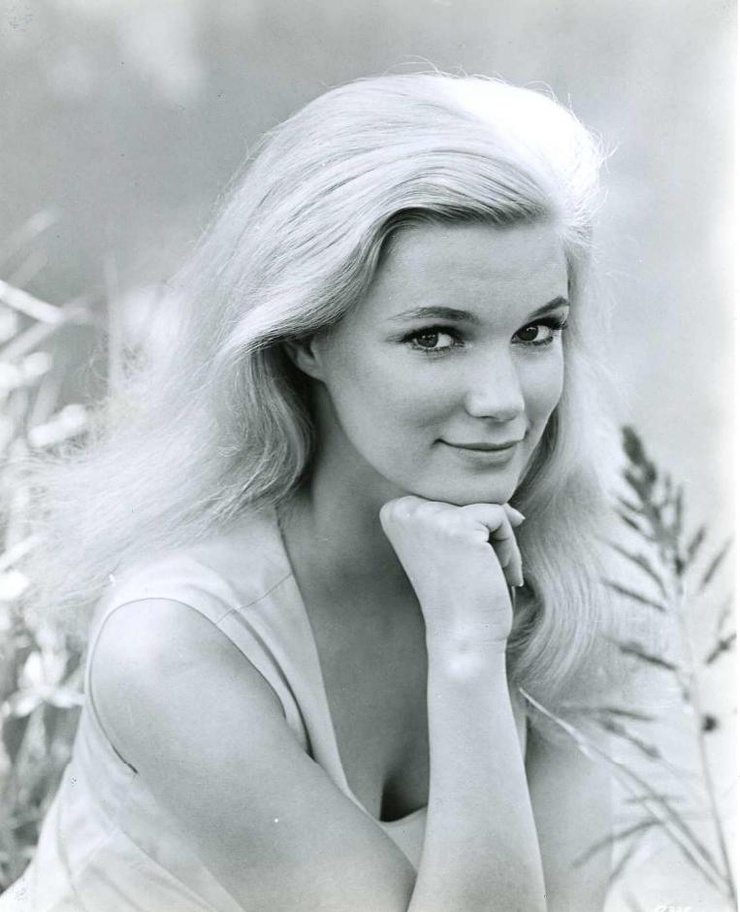
Breakout Blooms: Hits That Highlighted Her Hidden Depths
Yvette’s breakout in Light in the Piazza (1962) showcased her dramatic range. Playing Clara, a young woman with intellectual challenges in Florence, she combined vulnerability with emotional authenticity, earning critical praise and fan admiration. She rejected typecasting, choosing roles that allowed her intellect and emotional depth to shine, proving that a woman could be both beautiful and brilliant.
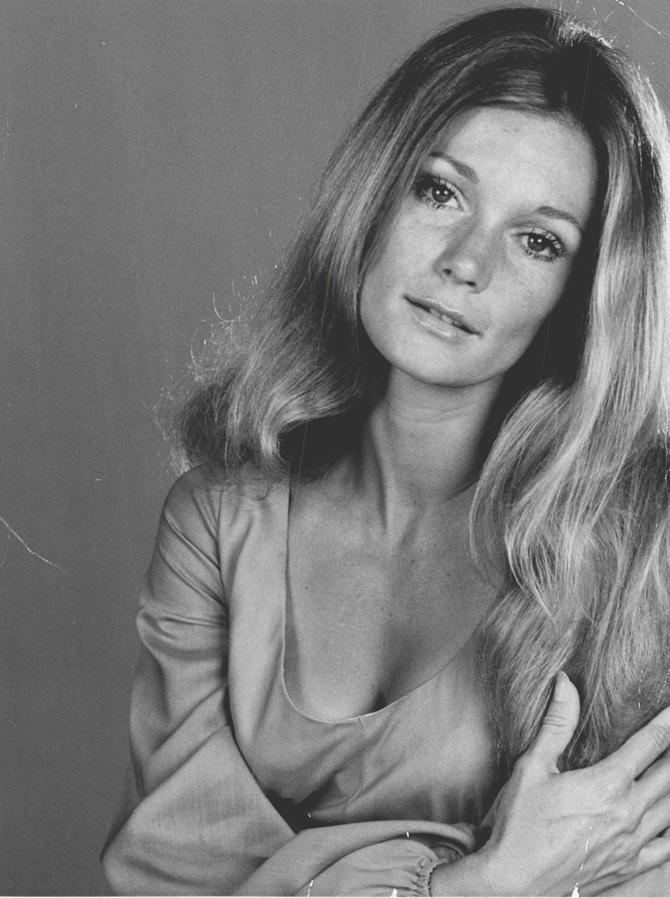
Golden Era Grace: Navigating Drama and Disney Dreams
By the mid-1960s, Yvette’s presence on screen was magnetic. Diamond Head (1963) paired her with Charlton Heston in a dramatic tale of family feuds and forbidden love. In Toys in the Attic (1963), she navigated complex emotional terrain opposite Dean Martin and Geraldine Page, solidifying her dramatic credibility. The 1970s brought powerful roles in Jackson County Jail (1976), where she played a woman fighting back, and Disney’s The Black Hole (1979), demonstrating her versatility in science fiction adventure. Her choices were always thoughtful, blending emotion, intellect, and agency.
Video : Movie Legends – Yvette Mimieux V2
Heart’s Quiet Chapters: Marriages, Passions, and Personal Pursuits
Off-screen, Yvette lived a rich and deliberate life. Her marriage to director Mark Damon (1963–1970) gave her creative sparks, while her partnership with actor Martin Milner offered companionship and grounding. Later, her union with Howard F. Ruby combined personal happiness with intellectual collaboration, including ventures in art and global travel. Yvette pursued archaeology and painting, turning her curiosity into tangible achievements beyond Hollywood’s glare. Life was her canvas, and she painted with deliberate, thoughtful strokes.
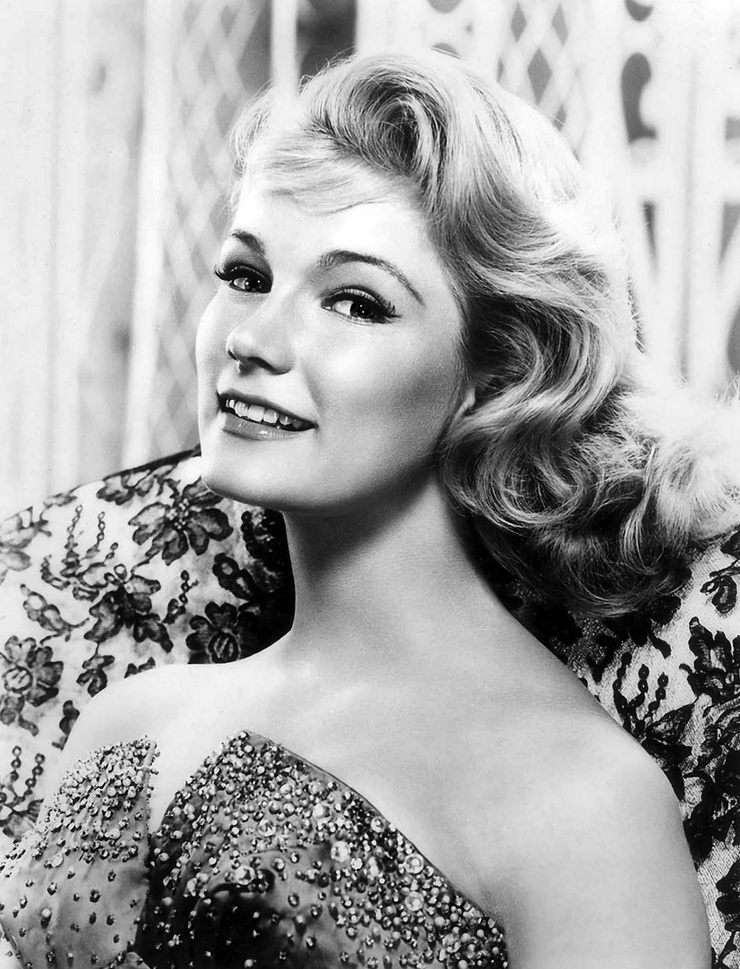
Canvas of Curiosity: Archaeology, Art, and Beyond the Fame
Yvette’s passion for archaeology, art, and world cultures never waned. She studied ancient civilizations, engaged with Haitian art, and created bold abstract paintings. Real estate and philanthropy became extensions of her intellect and taste, ensuring she left an imprint far beyond acting. She showed that fame could coexist with curiosity and depth—a model for living fully both on and off screen.
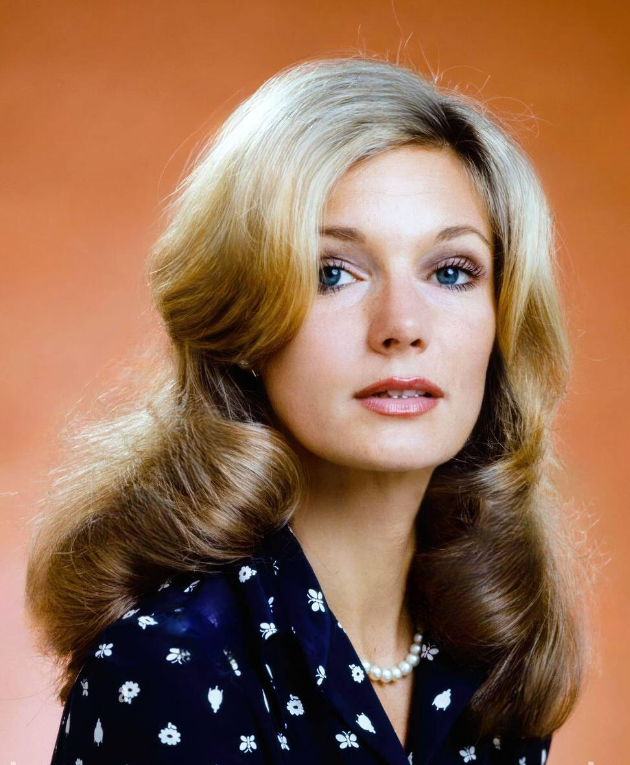
Yvette Mimieux’s Timeless Twilight: A Legacy in Repose
Yvette Mimieux passed away peacefully on January 17, 2022, at 80, leaving behind a body of work that continues to inspire. Her films like The Time Machine and Light in the Piazza remain accessible on streaming platforms, enchanting new generations with her elegance and emotional authenticity. Beyond Hollywood, her intellectual pursuits and personal achievements form a legacy of balance, intelligence, and artistry.
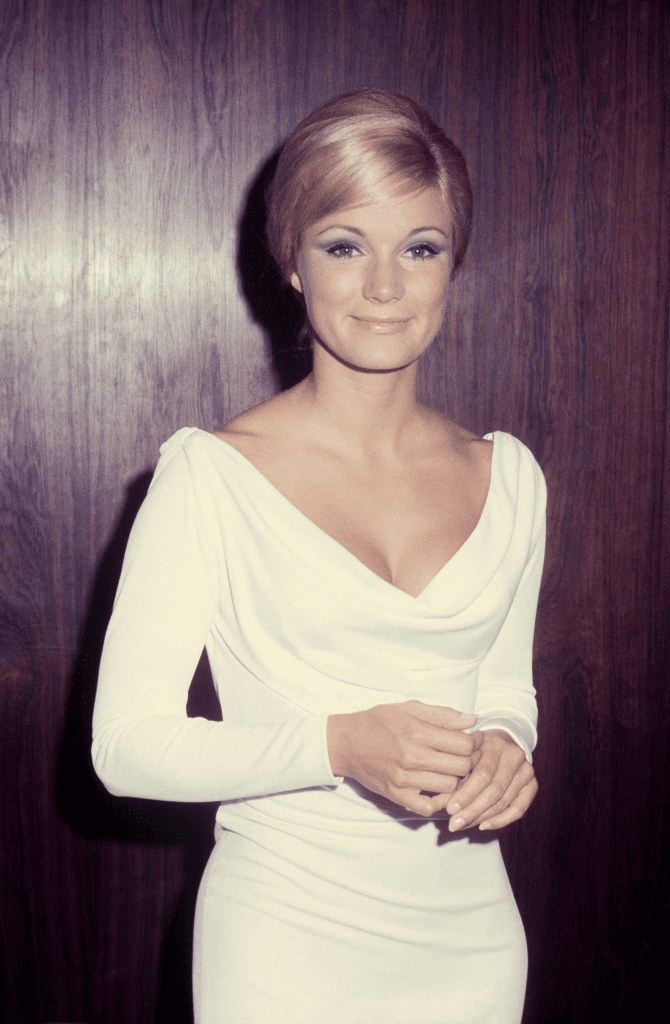
Yvette’s life teaches us that true elegance isn’t just skin deep—it’s the melding of intelligence, emotion, and courage. She was never content to simply be seen; she wanted to be understood. Her performances, her personal pursuits, and her quiet, thoughtful approach to life solidify her as one of cinema’s most soulful and enduring figures, the melancholy rose whose petals continue to inspire.
